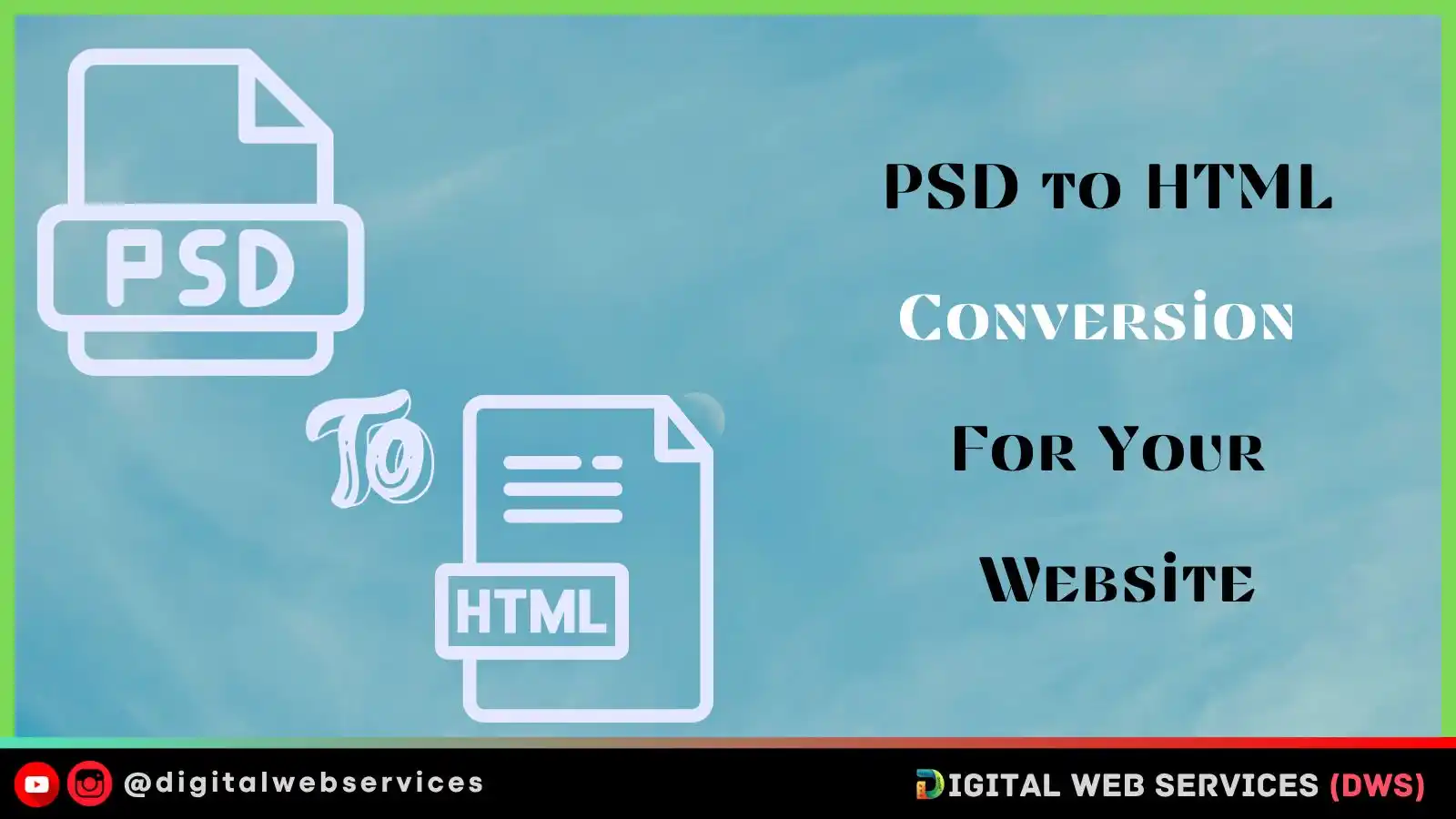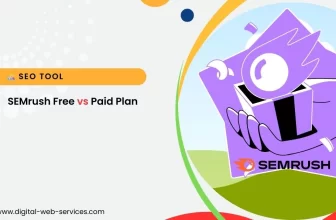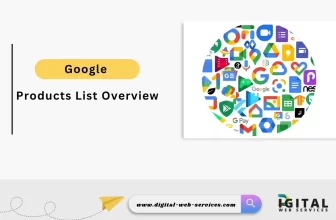
Going with PSD to HTML conversion for your website can be a driving force for your business. In today’s new era of online marketing, having HTML-rich websites can help showcase your business most effectively and creatively online.
Regardless of your business size, niche, or experience, every company is considering the benefit of having a business website. And what can be more beneficial and fascinating than proceeding with PSD to HTML conversion for a unique, objective-driven, and customer-centric website?
PSD to HTML conversion eases the process of creating dynamic and responsive websites that will hook your audience to stay on your website – leading towards more ROI. In this article, we will explore the advantages and reasons why a business should invest in a PSD to HTML conversion website, the key factors to consider, and the approaches that a business can take.
The Advantages of PSD to HTML Conversion
Converting PSD files to HTML code offers several key advantages that make it an essential step in the web development process. Let’s delve into these advantages and understand why opting for PSD to HTML conversion can be a game-changer for your website.
1. Enhanced Search Engine Visibility
For a website to succeed, it needs to reach a wider audience. PSD to HTML conversion plays a pivotal role in improving search engine visibility. HTML code is easily recognizable by search engine crawlers, allowing them to index and rank web pages more effectively. By converting PSD files to HTML, businesses can optimize their websites for search engine algorithms, driving organic traffic and increasing online visibility.
2. Reliable and Error-Free Coding
When it comes to web development, reliable and error-free coding is paramount. PSD to HTML conversion ensures that the website is built on a solid foundation of semantic HTML code. Semantic coding employs predefined codes and tags that make your website more readable, easy to maintain, and error-free. This not only improves the website functionality but also streamlines the process of positioning all the webpage elements within the website design.
3. Well-defined SEO Structures
To achieve higher rankings in search engine results pages (SERPs), websites need to have well-defined SEO structures. HTML offers the flexibility necessary for proper on-page optimization. By leveraging HTML’s features and adhering to best SEO practices, businesses can create websites that are optimized for search engines. Working with experienced developers can further enhance the SEO performance of the website, ensuring maximum visibility and attracting targeted traffic.
4. Responsive and Cross-Browser Compatibility
In today’s mobile-centric world, having a responsive website is essential. PSD to HTML conversion enables businesses to create websites that adapt seamlessly to various screen sizes and devices. HTML’s responsive design gives your website the looks and functions it needs to perform flawlessly across different platforms, browsers, and devices – giving users a consistent and user-friendly online experience. Additionally, HTML-based websites are compatible with multiple browsers, ensuring broad accessibility and optimal user experience.
5. Customizability and Flexibility
PSD to HTML conversion offers unparalleled customizability and flexibility in web development. HTML code allows developers to fine-tune every aspect of the website’s design and functionality. With HTML, businesses can easily integrate interactive features, implement custom layouts, and showcase their brand identity effectively. This level of control and customization empowers businesses to create unique and engaging websites that align with their specific goals and target audience.
Key Factors to Consider for PSD to HTML Conversion
When embarking on a PSD to HTML conversion project, it is crucial to consider several key factors to ensure a successful outcome. Let’s explore these factors in detail and understand their significance in the conversion process.
1. SEO Semantic Coding
SEO semantic coding is a critical aspect of PSD to HTML conversion. By using semantic HTML tags, businesses can optimize their websites for search engines. Search engine crawlers prioritize content-rich web pages that are structured using semantic HTML. Therefore, it is essential to mark up the website with SEO semantic HTML tags to enhance its visibility in search engine results.
2. Cross-Browser Compatibility
With different browsers available online, having a website with cross-browser compatibility is required for a business. PSD to HTML conversion ensures that the website functions seamlessly across different browsers and provides your users with a great experience. This compatibility guarantees a consistent user experience regardless of the browser used, maximizing reach and user satisfaction.
3. Pixel-Perfect Hand Coding
While automated tools can assist in coding, pixel-perfect hand coding remains unparalleled in terms of quality and precision. Skilled HTML designers can manually convert PSD designs into HTML code, ensuring pixel-perfect accuracy and attention to detail. Hand coding allows for greater control over the final output, resulting in a visually stunning and error-free website.
4. W3C Validation
Following the standards of the World Wide Web Consortium (W3C) – It is highly important for a business to make sure its website follows these W3C compliance rules such as valid XHTML and CSS. By doing so, your website remains bug-free, faces no technical errors, and follows the web development’s best practices. W3C validation helps identify and rectify markup errors, ensuring a smooth and optimized user experience across different devices and browsers.
5. High-Quality Codes
Creating high-quality, lightweight, and table-less HTML code is essential for effective web development. Slicing PSD designs into individual elements and integrating them into well-commented HTML code is a critical step in the conversion process. High-quality codes improve website performance, make maintenance easier, and enhance the overall user experience.
Approaches for PSD to HTML Conversion
Now that we have explored the advantages and key factors of PSD to HTML conversion, let’s discuss the different approaches one can take to achieve a successful conversion. Depending on your expertise and requirements, you can opt for either a manual approach or work with professional conversion services.
1. Manual Conversion
If you have industry experience and a development background, you can consider manual conversion. Manual conversion takes hundreds of hours and involves a deep process where you have to convert each file all on your own. Only proceed with this approach if you have a deep understanding of HTML, CSS, and JavaScript.
Major Steps of Manual Conversion:
- Image Slicing: Slice the PSD files into individual image files using software like Adobe Photoshop or GIMP.
- Code Planning: Plan the code structure based on the design, considering the layout and structure of the website.
- HTML Coding: Write the HTML code from scratch, including the website’s header, body, sections, and footer.
- CSS Styling: Add CSS styling to enhance the design and appearance of the website.
- JavaScript Functionality: Implement functionality using JavaScript to add interactive features and enhance user experience.
- Testing: Thoroughly test the website to identify and resolve any issues or glitches, ensuring its proper functionality.
2. Working with Experts
If you lack technical expertise or require professional assistance, working with experts is a recommended approach. Outsourcing the PSD to HTML conversion to experienced professionals ensures a seamless and high-quality conversion process. Professional conversion experts have the skills and experience to convert your PSD files into functional, yet highly responsive HTML websites. Partnering up with these experts saves you time and allows you to focus on your business growth.
Conclusion
PSD to HTML conversion is a crucial step in developing visually appealing, functional, and accessible websites. By converting PSD files into HTML code, businesses can unlock the power of web development and create websites that captivate audiences, enhance search engine visibility, and drive business growth.
Consider the key factors discussed in this guide, such as SEO semantic coding, cross-browser compatibility, pixel-perfect hand coding, W3C validation, and high-quality codes, to ensure a successful conversion process. Whether you choose a manual approach or work with professional experts, PSD to HTML conversion opens up endless possibilities for creating websites that leave a lasting impression on users and drive results.
Digital Web Services (DWS) is a leading IT company specializing in Software Development, Web Application Development, Website Designing, and Digital Marketing. Here are providing all kinds of services and solutions for the digital transformation of any business and website.










